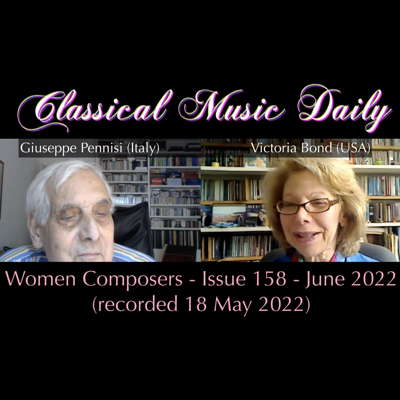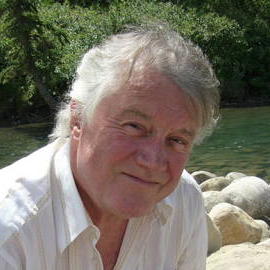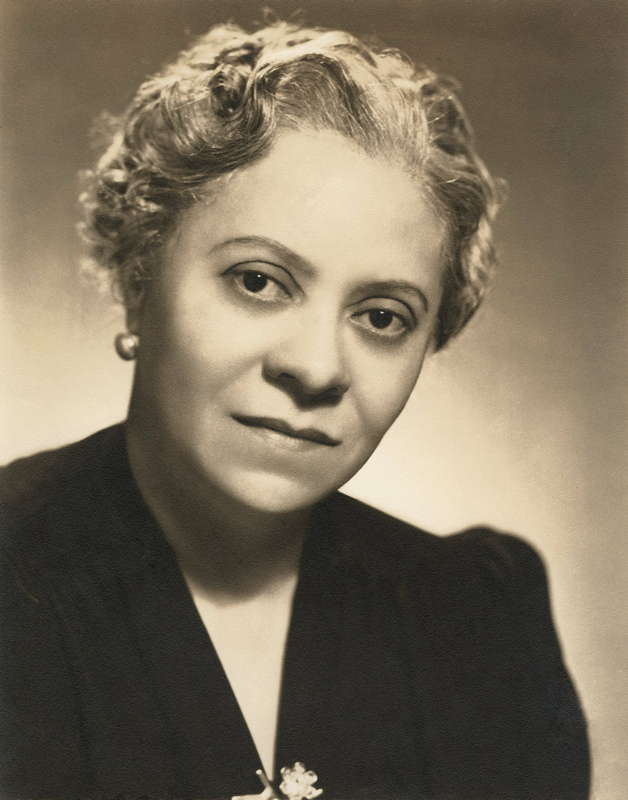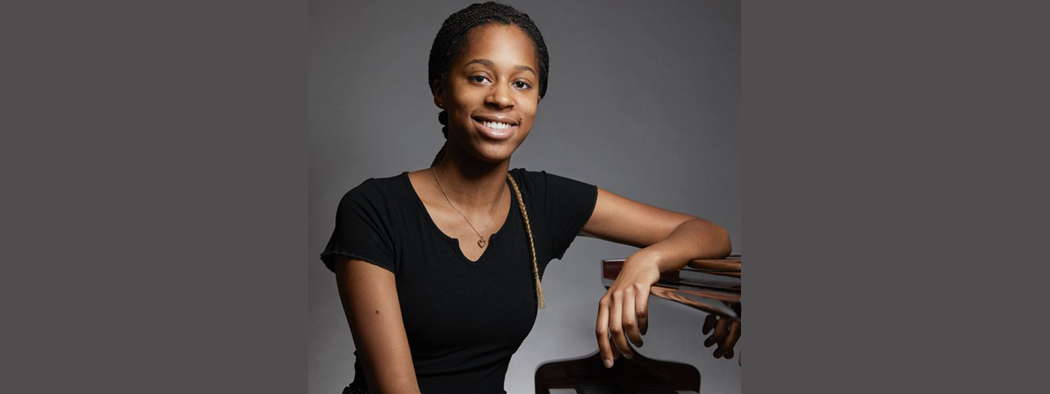- John Taverner
- Masao Ohki
- Leo Sowerby
- Valentina Lisitsa
- Massenet: Werther
- Ahmad Jovdat Ismayil oglu Hajiyev
- Barbara Sealock
- Lausanne
 VIDEO PODCAST: Women Composers - Our special hour-long illustrated feature on women composers includes contributions from Diana Ambache, Gail Wein, Hilary Tann, Natalie Artemas-Polak and Victoria Bond.
VIDEO PODCAST: Women Composers - Our special hour-long illustrated feature on women composers includes contributions from Diana Ambache, Gail Wein, Hilary Tann, Natalie Artemas-Polak and Victoria Bond.
 SPONSORED: The Many Hats of Allan Rae - A Birthday Greeting, by Endre Anaru.
SPONSORED: The Many Hats of Allan Rae - A Birthday Greeting, by Endre Anaru.
All sponsored features >>
An Important Voice
MIKE WHEELER listens to Florence Price and Dvořák
In 1933, Florence Price became the first black American woman to have a composition played by a major American orchestra. That in itself is a important achievement, but as her work becomes more widely known, so her significance grows.
In the latest in the Royal Concert Hall's 'Discovering Music' series, presenter Chris Wines talked us through that landmark work, her Symphony No 1. As always, the BBC Philharmonic Orchestra was on hand, conducted on this occasion by Joshua Weilerstein, to provide the illustrations, and to give a complete performance in the second part of the evening - Royal Concert Hall, Nottingham, UK, 24 May 2023.
Wines sketched in Price's background - her studies, her years of teaching, her move to Chicago with her family in 1927 following racial violence in Arkansas, where she was living, and the success of her First Symphony.

Florence Price
He also quoted Leonard Bernstein's description of the 1920s and 30s as American concert music's 'kindergarten years', which is a little unfair to some earlier figures - where does it leave Charles Ives, for instance? - though you can see what Bernstein was getting at.
Then, inevitably, we wound back to Dvořák's time as Director of the National Conservatory in New York in the 1890s, and his Symphony No 9, 'From the New World'. Not only was this a strong influence on Price's Symphony - Price, said Wines, was 'picking up the mantle from Dvořák' - but Dvořák was also deeply impressed by the Negro spirituals he heard, and urged American composers to draw on them as raw material. Wines made both points by juxtaposing themes from the two works, beginning with the first allegro theme from the opening movement of the Dvořák back-to-back with Price's equivalent, then her second theme, for solo horn and oboe, and the solo flute theme from the Dvořák, with its hints of 'Swing Low, Sweet Chariot'.
Spirituals, said Wines, were part of Price's lived experience (a parallel with the protestant hymns dotted around Ives' output, surely), and emphasised the importance of 'call-and-response' stuctures, of which there would be plenty of examples to come, not least the brass theme at the start of Price's second movement, with its woodwind echoes.
The third movement is a Juba, a dance that developed among black slaves probably during the 1820s, and where ragtime clearly has its roots. This outburst of 'joy and frivolity', as Wines described it, also has ironic overtones, he suggested, with its parts for two African drums, since black slaves were forbidden to use them.
His consideration of the finale brought another direct comparison with Dvořák's 'New World' Symphony, in the racing triplets of its second theme, and the first of Price's, influenced without being overtly derivative.
Before the Symphony's complete performance, Jeneba Kanneh-Mason joined the orchestra for Price's Piano Concerto, commissioned by conductor Frederick Stock following the Symphony's premiere. It is often known as 'Piano Concerto in One Movement', though three distinct sections played without a break is nearer the mark. After the soulful introduction, Kanneh-Mason was in commanding form as she launched into the cadenza, signalling a performance that never shied away from the big gestures. The influence of spirituals is here, too, not least in the second movement, at the start of which, the piano duets with solo oboe, then solo cello. There are momentary but definite echoes of Delius in his Florida Suite period here (in the Symphony, too), pointing not to Delius's direct influence, more to the two composers sharing a point of reference. Kanneh-Mason and the orchestra captured all its tender lyricism, before the riotous finale. This is another Juba, with suggestions of banjo songs, and everyone gave it the uninhibited exuberance it calls for.

Jeneba Kanneh-Mason
The Symphony itself was given a clear-eyed reading, without unnecessary underlinings or point-making. The first movement had a real sense of purpose, brought to a poignant, temporary halt with an intervention by bass drum and cymbal that Wines had drawn our attention to in his introduction. The big build-up towards the ending was convincingly shaped. The second movement, introspective but not melancholy, was handled with a light touch, and the later reprise of the opening hymn-like tune was set off by the principal clarinet's lithe running figures - no orchestral players' names were to hand - and the ending was beautifully calm.
'Juba Dance', like the one that ends the concerto, was irresistibly unbuttoned, not least at the end, when it slows down and turns into cakewalk. The finale was full racing energy, with lots of jaunty orchestral solos, but Weilerstein and the orchestra allowed the hint of darker undercurrents to show through as well.
Price's eventual place in the repertoire may be still coming into focus, but hers is an important voice that demands to be listened to.
Copyright © 31 May 2023
Mike Wheeler,
Derby UK



